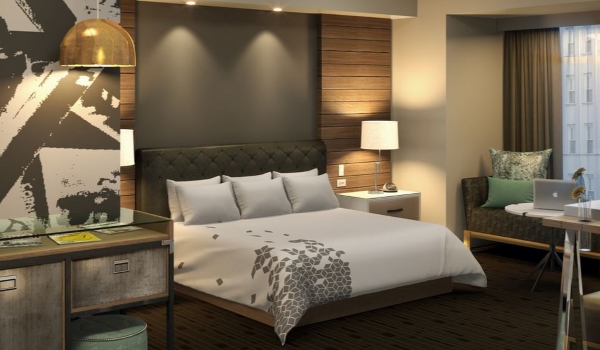Photographing interiors can end up being much trickier than live subjects. While the interior décor doesn’t move around, it can’t bring its own life to the image, leaving the picture drab and boring if not done correctly. If you’re not happy with your shots, make sure you’re not overlooking one of these important facets during the photographing and editing phases.
Lighting
Before shooting anything, turn on every single light in the space. Even if the sun is blaring through the open windows, the additional lighting will give it even more of an ambient feel. On top of this light, use your flash to lessen the shadows even further. When you take your shot, mess around with the strength of the flash to figure out the kind of exposure that works the best.
Color
When you get the editing, focus a lot on correcting color as color truly makes or breaks a picture. Too much of one thing can easily draw the eye away from an otherwise balanced photograph. The color balance also acts as a temperature gauge, giving the room either a hot or cold look based on what you decide to emphasize. Because no one setting is perfect for every situation, go wild with the sliders until you find that perfect blend.
Cleaning
Last but not least, clean up any and all imperfections. When in Photoshop, the Spot Brush, Clone and Heal are your three main sources of perfection as they can negate any dust motes, glares and reflections in a way that looks natural. Use these to also remove letters and numbers that appear in the photo, such as an address.
Like any good art form, execution is everything. Angles, colors and lighting all work to create a composition that tells a story without words. So long as you have a clear vision in your head as to what you want to convey through your photograph, you’ll be able to find the right balance of lighting, color and correction to create a photo that truly is worth a thousand words.
 EN
EN IT
IT 


 ES
ES DE
DE FR
FR NL
NL